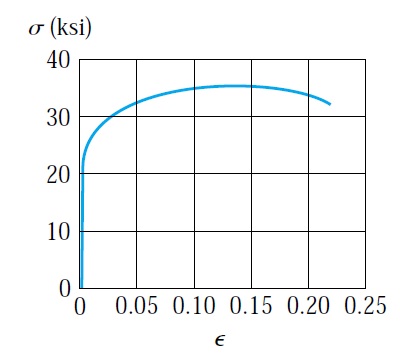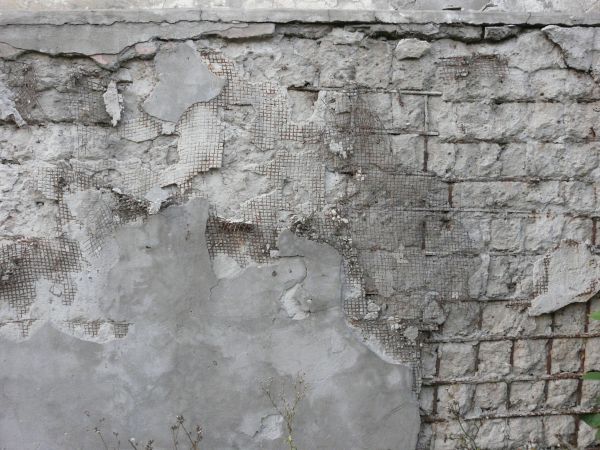Principles of Prestressed Concrete Technology

Prestressed concrete technology is widely used across the world due to its numerous advantages. The capacity of reinforced concrete members is inherently limited. When subjected to loads, reinforced concrete tends to crack, reducing the structure’s durability by allowing water and harmful substances to penetrate. To address this issue, prestressing is implemented to enhance the load-bearing capacity of concrete members. This is achieved by compressing the concrete using high-tensile cables, ensuring that any applied load must first counteract the pre-existing compression before exerting stress on the member itself. Prestressing can be categorized into two methods: Pre-tensioning: The cables are tensioned before casting the concrete. Post-tensioning: The cables are tensioned after the concrete has been cast and gained sufficient strength. This technique offers several benefits, including increased structural strength, enhanced durability, a higher span-to-d...


















